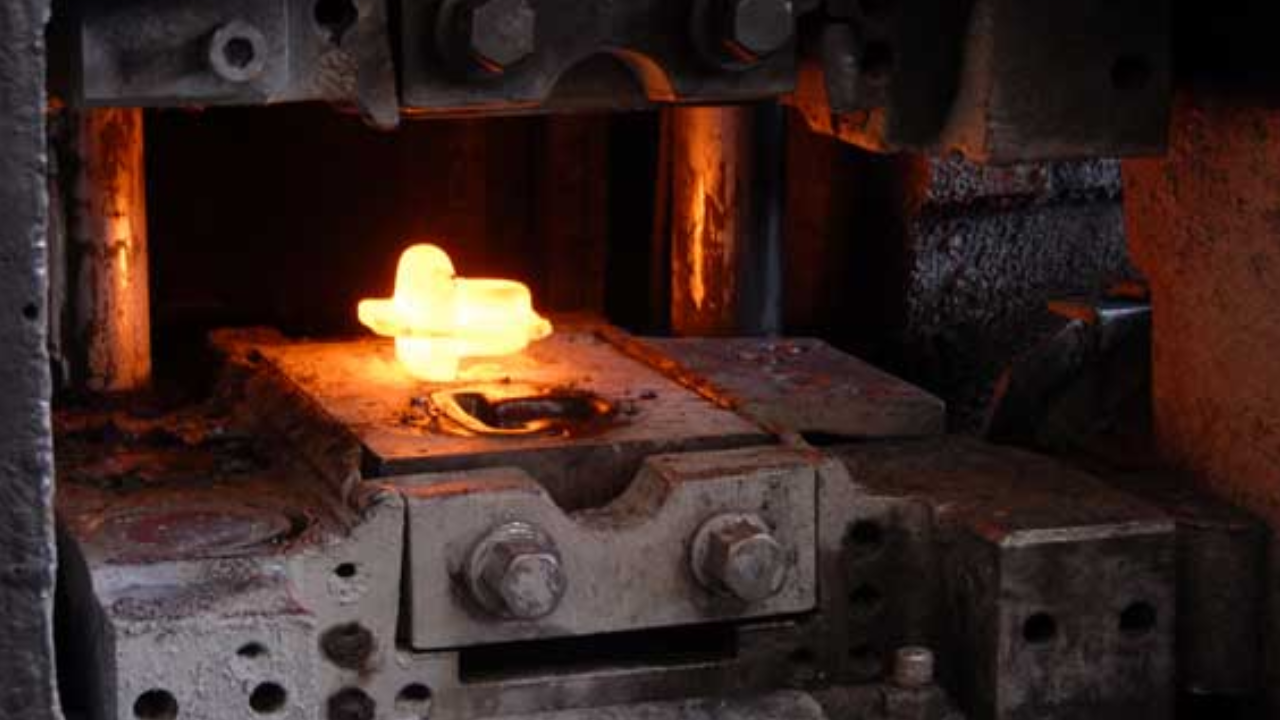Forging is a preferred manufacturing method in many industries because of its benefits. The main benefit is that the forged components have better strength and durability, which increases their dependability and longevity.
Improved mechanical qualities, such as increased hardness, impact resistance, and wear resistance, result from the material's internal structure being refined through controlled deformation during forging. Forging is unique because its directional strength optimizes load-bearing capacity by customizing material characteristics to certain stress lines.
Furthermore, forging's adaptability applies to various materials, enabling producers to select alloys that precisely match their performance specifications. Economic efficiency is enhanced by the process's cost-effectiveness, attained through decreased material waste and machining needs. The manufactured components have added aesthetic and functional value due to the forging's ability to view details deliver a superior surface polish, and adapt to complex shapes.
Benefits One May Obtain From Forging
The benefits of forging go beyond skillful workmanship and impact the fundamental nature of the materials and parts that are created.
Exceptional Strength and Durability
Forging's unmatched capacity to increase the strength and longevity of metal components is at the heart of its benefits. Grain flow alignment and defect elimination are achieved by refining the material's internal structure through controlled deformation. Because of their exceptional toughness and fatigue resistance, these forged parts are perfect for situations where dependability and lifespan are crucial.
Better Mechanical Properties
Metals undergo beneficial modifications during forging, including improved wear resistance, greater hardness, and impact resistance. Improved tensile strength and overall performance of the forged components result from the controlled deformation process, which aligns with the crystalline structure.
Strength in Direction
Forging, as opposed to other production techniques, gives components directional strength. This indicates that the forged components have optimal strength along the lines of maximum stress, which enhances their ability to support loads and maintain structural integrity. This directional strength is useful in high-stakes applications requiring specific performance standards.
Enhanced Grain Structure
Metals undergo refinement throughout the forging process, resulting in a more uniform and finely-grained microstructure. Improved resistance to cracking, other types of material failure, and increased tensile and yield strengths are all results of this development.
Economical Manufacturing
Compared to other production processes, forging is renowned for its efficient use of materials and little waste. Because forging can achieve near-net or net shape, it frequently requires less machining, saving money on material and machining time.
Diverse Material Selections
Various materials, including different metals and alloys, can be forged using a very flexible method. Among the frequently forged materials are alloys made of steel, aluminum, brass, titanium, and nickel; each has unique qualities. Because of its adaptability, manufacturers can customize the material choice to satisfy specific needs in terms of performance, resistance to corrosion, or weight.
Suitability for Complicated Shapes
Because of the accuracy made possible by sophisticated die design and process control, forging can produce components with complicated and intricate shapes. This is especially helpful for sectors like aerospace and automotive, where parts frequently need complex geometry to work at their best.
Better Surface Finish
Forging leads to better surface polish and improves a component's mechanical qualities. Smooth surfaces are produced from controlled deformation and flaw removal, satisfying practical and aesthetic requirements across various sectors.
Ensuring Reproducibility and Consistency
Specifically, the closed-die forging method allows for excellent repeatability and consistency. Precision dies ensure that every forged component satisfies exacting standards and specifications, improving the final product's consistency and dependability.
Ecological Advantages
Forging is known for its energy-efficient manufacturing process compared to other methods. When considering the whole industrial manufacturing landscape, forging becomes an environmentally benign option because of the controlled deformation at elevated temperatures, which lowers the energy required for shaping metals.
Final Thoughts
The benefits of forging go well beyond simply forming metal; they are inherent in the created materials. Forging is an essential process in many industries because of its increased mechanical qualities, better strength, flexibility to complex geometries, and variety of material options.


